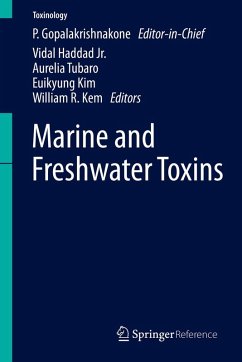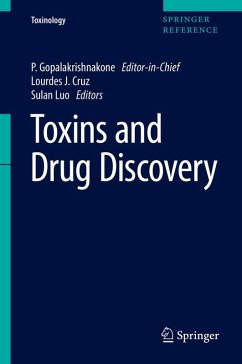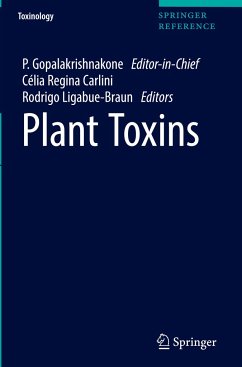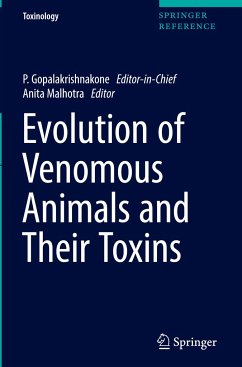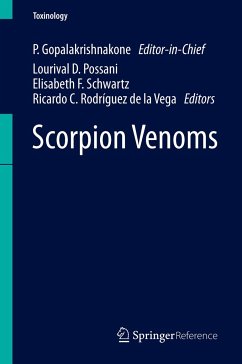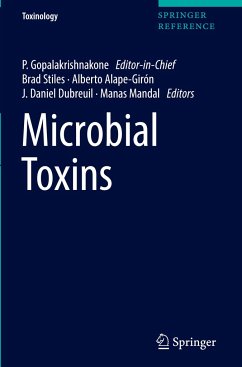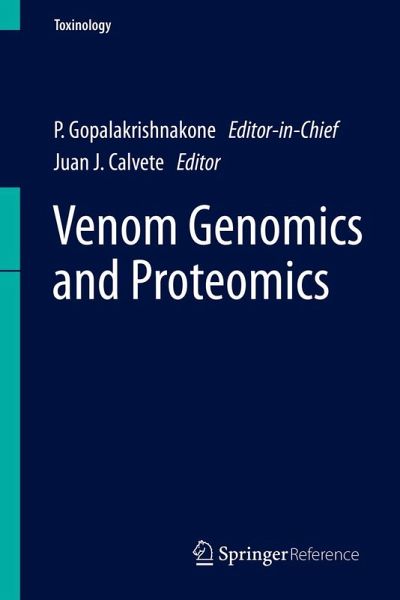
Venom Genomics and Proteomics
Versandkostenfrei!
Versandfertig in 6-10 Tagen
249,99 €
inkl. MwSt.

PAYBACK Punkte
125 °P sammeln!
This volumeprovides the reader with recent advances in the fields of molecular toxinology,the biotechnological applications of venom toxins, and antivenom production.The content of the twenty chapters of Venom Genomics and Proteomicsillustrates not only the enormous progress made since the implementation ofomics technologies in the field of toxinology, but one also realizes the roadstill ahead to reach a holistic view of venomous systems. Advancement inhigh-throughput technologies in the field of venomics has resulted in theability to generate comprehensive venom profiles for many species. How...
This volumeprovides the reader with recent advances in the fields of molecular toxinology,the biotechnological applications of venom toxins, and antivenom production.The content of the twenty chapters of Venom Genomics and Proteomicsillustrates not only the enormous progress made since the implementation ofomics technologies in the field of toxinology, but one also realizes the roadstill ahead to reach a holistic view of venomous systems. Advancement inhigh-throughput technologies in the field of venomics has resulted in theability to generate comprehensive venom profiles for many species. However,research on snake genomes is still in its infancy, although such studies areeagerly awaited to gain insights into the evolutionary history of snake venomproteins, including the mechanisms that originated venom and the regulation oftoxin expression. Fortunately, this objective is also at the reach of currentomic technologies. Therefore it would not be unrealistic to predict a brightnear future to the field of molecular toxinology.
VenomGenomics and Proteomics covers research into the venom of scaled reptiles (lizards andsnakes), scorpions, spiders, ants and platypuses. Special consideration isgiven to a number of observations made in the area of snake venom and in theapplication of advanced genomics and proteomics techniques on a variety ofvenom samples. The final chapters give some insight into the potential clinicaluses of venom derivatives and into the importance and challenges faced in theproduction and quality control of antivenoms.
VenomGenomics and Proteomics covers research into the venom of scaled reptiles (lizards andsnakes), scorpions, spiders, ants and platypuses. Special consideration isgiven to a number of observations made in the area of snake venom and in theapplication of advanced genomics and proteomics techniques on a variety ofvenom samples. The final chapters give some insight into the potential clinicaluses of venom derivatives and into the importance and challenges faced in theproduction and quality control of antivenoms.



